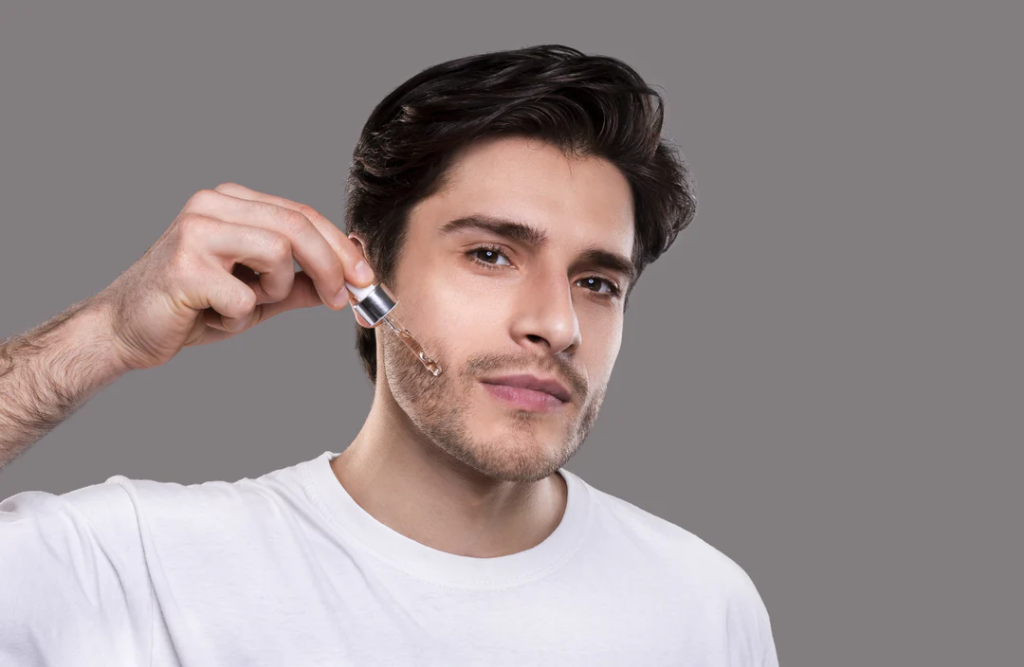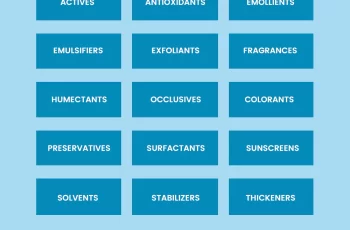
Can I use hyaluronic acid with retinol and vitamin C?
You can actually use hyaluronic acid with retinol and vitamin C, but if you don’t really know how to use these powerful substances together, it can often lead to some issues, including skin irritation, redness, and itching. With that in mind, I wanted to learn more and answer some of the questions we’ve received recently about using hyaluronic acid with retinol and vitamin C. So stay tuned, and hopefully things will become clearer.
How can I use retinol, vitamin C, and hyaluronic acid together?
When using these three skincare heroes in your daily routine, it’s important to remember the best order to reap the benefits. To avoid adverse reactions, I recommend adding vitamin C to your morning routine. This allows the powerful antioxidant to protect the skin’s surface from damage caused by free radicals and give your complexion a radiant glow. You can then use retinol in your evening routine, as this prevents you from being exposed to UV rays, which can render any form of retinoid useless. You can use hyaluronic acid twice a day. In fact, using hyaluronic acid with vitamin C and retinol can reduce the likelihood of skin irritation, hot flashes, and redness, which are all common side effects of using vitamin C and retinol.
By layering these ingredients in this way, you’ll find that your skin will experience results faster, and you’ll also have the benefit of knowing that you’re using each ingredient correctly. If you’re unsure about whether to use these ingredients, it’s best to consult your doctor.
Which comes first, hyaluronic acid, vitamin C, or retinol?
As I mentioned, to get the most out of your routine, apply vitamin C in the morning, retinol at night, and hyaluronic acid twice. But it’s important to consider the consistency of the product, and the correct order of skincare application is from thin to thick. Vitamin C is usually formulated in a serum that’s water-based and lightweight, while hyaluronic acid comes in a thicker gel form, and retinol ends up in a serum, oil, or cream.
Should I use hyaluronic acid before or after retinol?
When using hyaluronic acid and retinol, it is thought that the best application is to start with the hyaluronic acid, as it regulates the water content of the outer surface of the skin’s natural barrier. When this barrier is working properly, you will find that it fights free radical damage caused by exposure to factors such as pollution, central heating, UV rays and other environmental aggressors. You will also notice that the skin acts similar to a wet sponge, i.e. H. It absorbs other active ingredients quickly and effectively, allowing you to achieve impressive results in less time.
Because the moisturizing properties of hyaluronic acid attract and bind water into the skin, you will also find that the drying and itching effects of retinol are not as severe, as the skin will continue to retain moisture.
Can Vitamin C and Retinol be layered?
Layering Vitamin C and Retinol is generally not considered the best idea. Both ingredients can be drying to the skin and can cause severe dryness, itching and flaking if overused. To get the most out of these two powerful skincare products, it is best to alternate applications on your face: Vitamin C in the morning and Retinol in the evening. The benefit of using Vitamin C in the morning is that it makes the skin glow; it would be a waste if you use it during your evening routine.
An important step that should not be forgotten in your daily routine is to apply SPF 30 or higher sunscreen every day, even on cloudy days. This is because retinol and vitamin C increase the skin’s sensitivity to light, making it more susceptible to UV damage such as hyperpigmentation and dark spots.
Can I mix hyaluronic acid with retinol?
Yes! A mixture of hyaluronic acid and retinol is the perfect skin combination. The anti-aging and collagen-boosting properties of retinol, which target fine lines, wrinkles, and signs of sagging skin, work more effectively with the help of hyaluronic acid. The ability to retain moisture in the skin ensures that the skin remains plump, hydrated, and youthful. This not only combats the possible dryness caused by the potent retinol, but also ensures that your skin does not become dehydrated, dry, and uncomfortable.
Should retinol be used before or after a serum?
This largely depends on the consistency of the product that the retinol is mixed into. As I mentioned before, skincare needs to be applied in order from thinnest to thickest layers. I’m referring to daytime face washes, cleansers, toners, serums, moisturizers, essential oils, and sunscreens.
Retinol is a highly effective ingredient, but it’s known for being fickle and difficult to mix with different skincare products. With that in mind, your choice of serums to use is limited. Formulas that contain hydrating ingredients like hyaluronic acid or niacinamide are two effective moisturizers.
Should hyaluronic acid be applied before or after moisturizer?
Applying a hyaluronic acid serum to the skin first will hydrate the skin, which will also cause the hyaluronic acid to draw moisture from the surrounding area of the face and other skincare products. After applying a hyaluronic acid moisturizer, a physical protective barrier is formed on the outer surface of the skin, which will allow any products underneath the moisturizer to do their job without interference. You’ll also notice that hyaluronic acid is able to draw moisture from moisturizer formulas.
There you’ll find more details on whether or not you can use hyaluronic acid with retinol and vitamin C. Don’t forget to check me out on Instagram if you have any questions.


